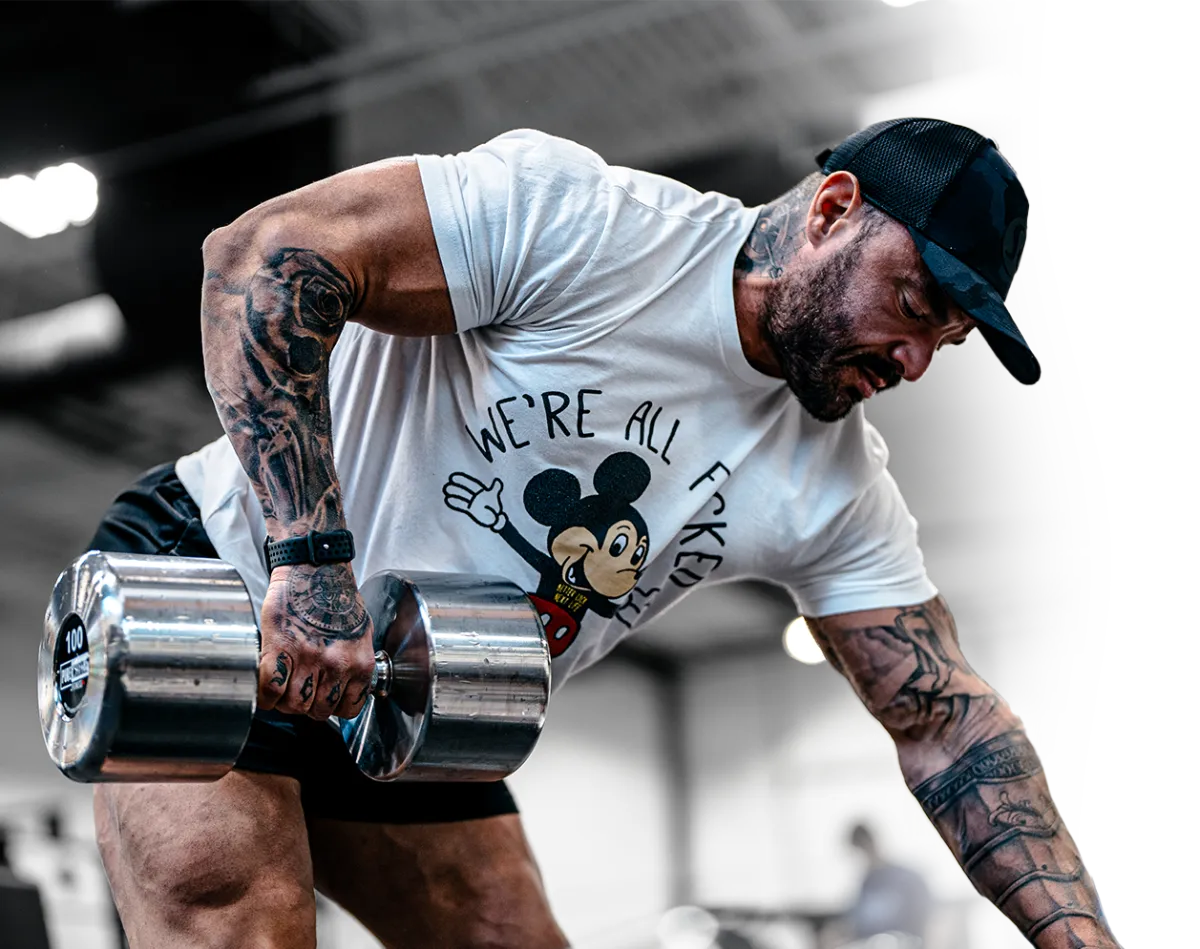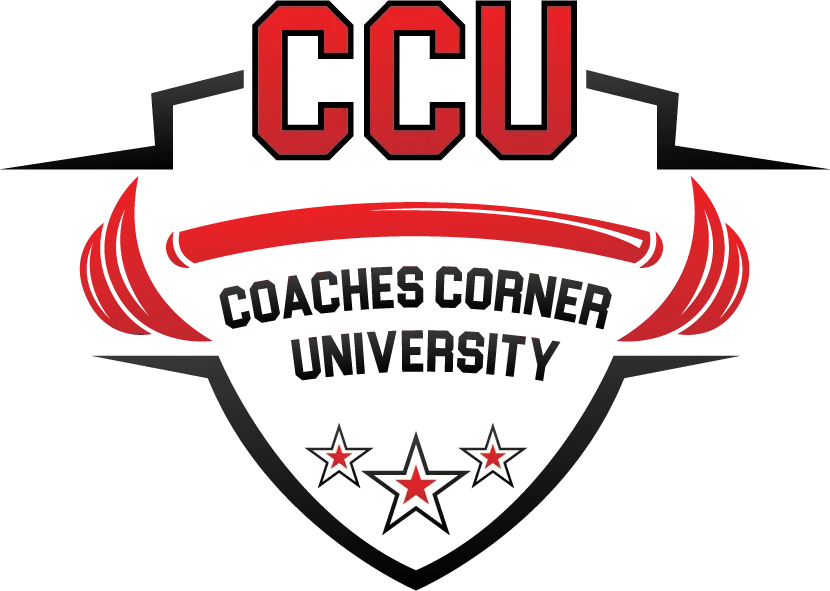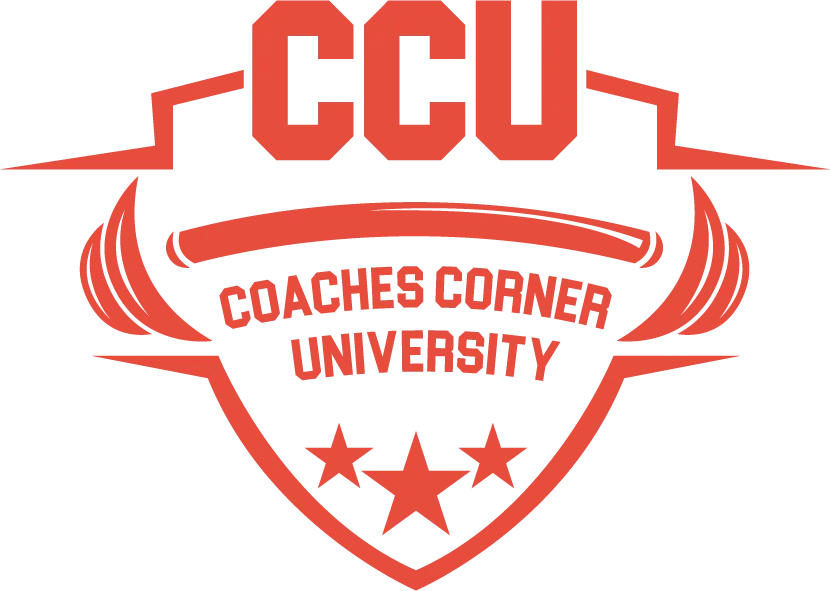Discover The Latest Blogs
Stay updated with Our Informative Blog Posts

From Research to Results: Unlock The Jump Training Code
From Research to Results: Unlock The Jump Training Code
Evidence-Based Jump Training: Bridging Research and Application
A Systems Approach to Power Development
When it comes to implementing jump training with your clients, the gap between research and real-world application can feel overwhelming. You know the basics—force production, landing mechanics, progression—but translating that knowledge into effective programming often leaves you with more questions than answers:
How do you systematically progress clients without compromising technique?
When should you modify volume vs. intensity?
How do you know if your programming decisions are actually optimal?
These aren't just academic questions. They directly impact your ability to deliver results for your clients and grow your coaching business.
The Hidden Complexity of Jump Training
Most coaches understand that jump training involves force production and absorption. But here's what's rarely discussed: the intricate interplay between neural drive, tissue elasticity, and motor learning creates a complex web of variables that must be managed systematically.
Consider this: When you program a simple box jump, you're actually managing:
Rate of force development adaptations
Landing mechanics development
Neural pattern reinforcement
Tissue loading parameters
Recovery dynamics
Each variable requires careful consideration and progression. Miss one, and your programming becomes suboptimal at best, potentially risky at worst.
A Systematic Solution
We've developed a comprehensive framework that takes the guesswork out of jump training implementation. Here's a glimpse into our systematic approach:
Force Management Framework
Traditional approach: "Add height when it looks good" Our system: Quantified progression based on:
Force absorption capability
Technical execution metrics
Recovery indicators
Performance markers
This isn't just theory—it's a proven system for optimizing power development while managing injury risk.
The Research-Reality Gap
Here's the challenge: Laboratory research provides invaluable insights into jump training mechanics and adaptation. But translating those insights into effective real-world programming requires a structured framework that accounts for:
Individual response variations
Real-world constraints
Long-term progression
Integration with other training elements
This is exactly where most continuing education falls short—providing the science without the systematic application framework.
Your Next Step in Professional Development
At Coaches Corner U, we've developed a comprehensive education system that bridges this gap. Our jump training module is just one example of how we transform complex research into systematic, applicable coaching frameworks.
As a member of our education collective, you'll gain access to:
Systematic programming frameworks
Evidence-based progression models
Real-world application strategies
Comprehensive assessment tools
More importantly, you'll develop the systematic thinking required to optimize any training intervention for your clients.
Limited Time Offer
Join our education collective now to access our complete jump training system, plus our entire library of evidence-based coaching frameworks.
Transform your coaching practice with systems that bridge the gap between research and results.
Keep Raising the Bar,
Paul Oneid MS, MS, CSCS
__________

Coaches Corner PhD




